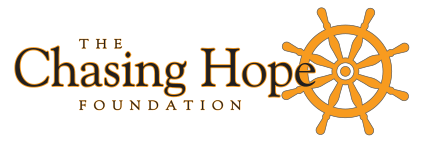About Autism
Autism Spectrum Disorder (ASD) refers to a developmental disability caused by differences in the brain that are believed to occur in utero.
According to the Centers for Disease Control and Prevention (CDC), ASD affects over two million people in the United States and millions worldwide. Current estimates place the prevalence of autism at 1 in every 68 children, with 42 of those children being boys. This represents a ten-fold increase over the past 40 years.
ASD impacts areas of social, emotional, and communication skills. Often, people with ASD might repeat certain behaviors, resist any change in plans our routine and prefer solitude to being with others.
Many people with ASD also have different ways of learning, paying attention, responding or communicating. They may struggle to relate to others around them or have a lower threshold for engaging in an activity they don’t enjoy.
The signs of ASD first present in early childhood, usually between the ages of one and three, and last throughout a person’s life. There is currently no test to accurately diagnose ASD and there is no cure. Research has discovered over 100 genes and mutations, in addition to environmental factors, that can increase the likelihood of a child developing autism.
Autism Speaks, one of the nation’s most respected autism education, advocacy, research and support organizations, has estimated that on average a family will spend $60,000 annually to care for a child with autism.
